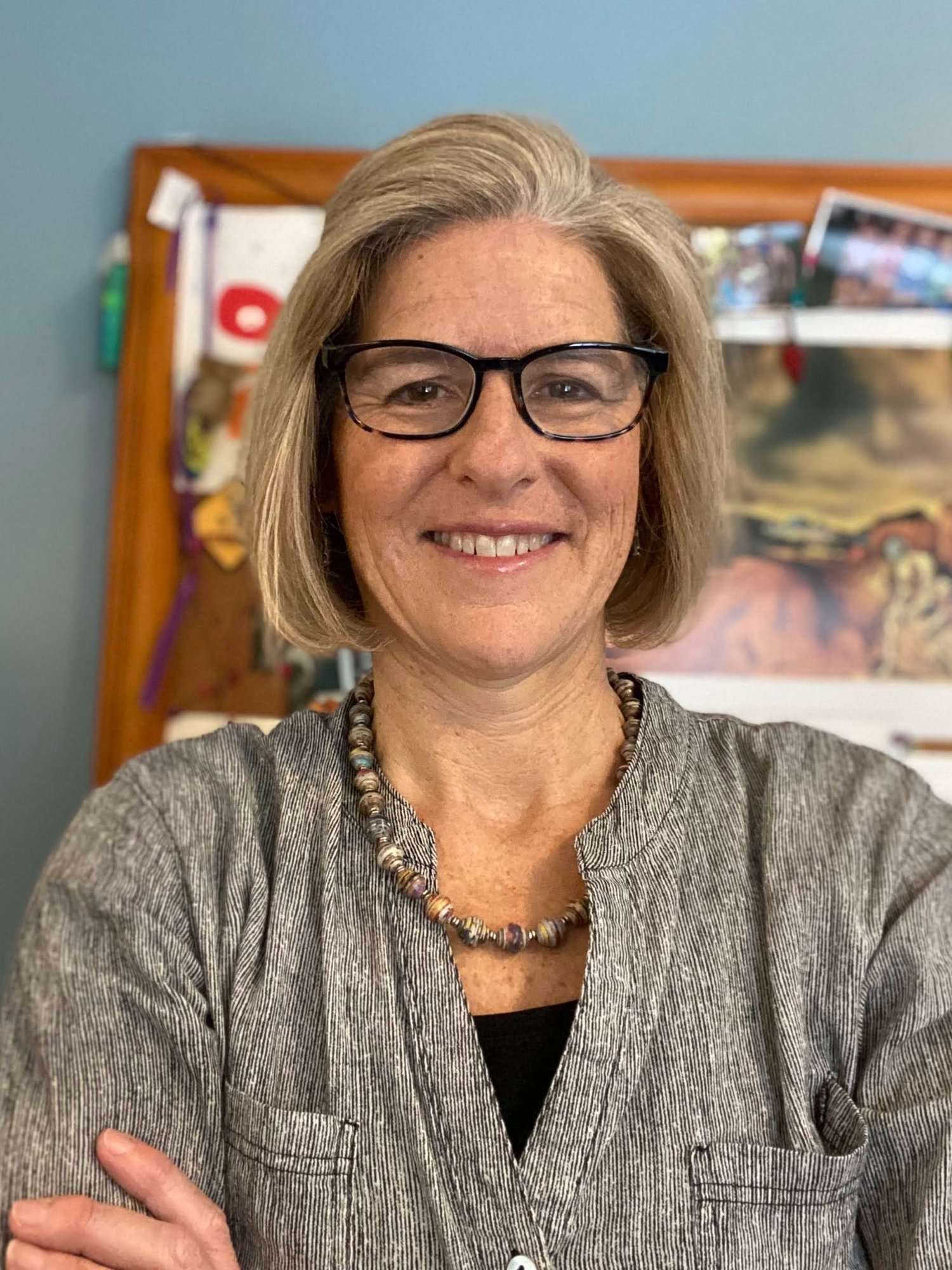Member Spotlight: Katie LaCommare
KATIE LACOMMARE
Katie LaCommare
Dearborn,
Natural Sciences (Conservation Biology)
Lecturer IV
You may not know that…
In addition to stepping into the role as Dearborn Campus chair, Katie completed the UM-Dearborn 2021 Hub for Teaching and Learning Affiliate program. The program is for faculty who both have expertise in and want to grow their expertise in a topic of teaching and learning for the benefit of the larger UM-D teaching community. You also may not know that Katie did her PhD research on Manatees! And in her free time she does a lot running, including participating in triathlons and half marathons.
In her Hub blog post, “Thinking of transforming your introductory course? Try a case study (or two or three),” Katie writes:
As faculty, like it or not, we play a role in constructing these gates. In traditional “gateway courses,” exposition or didactic-style teaching places barriers between students and success and disproportionately impacts low-income and minority students (Theobald 2020; Ferare 2019; Malcom and Feder 2016). Although reducing barriers and obstacles to graduation can, does, and should involve institution-wide programs (Campbell and Blankenship 2000) that connect the student to university support systems through increased tutoring, mentoring, counseling, and financial aid (here at UM-Dearborn, these efforts are coordinated by our Office of Student Affairs), faculty can help too. Simply transforming instructional techniques in gateway courses from didactic to constructivist (i.e. active learning) with a fidelity to deliberate practice and a culture of inclusion can increase performance and reduce failure rates (Theobald 2020). Purposeful transformation is particularly powerful in reducing gaps in exam scores (by 33%) and failure rates (by 45%) between under and overrepresented student groups (Theobald 2020).
And in “The Case for Cases, Part 2: Literature review and planning”:
In my first blog post “Thinking of Transforming your Introductory Course?” I made the case for transforming our introductory courses. When students succeed in their first courses, they are more likely to reach graduation. We owe it to them to help them graduate and case studies can help achieve this. However, we also know that incorporating a new activity or new technique into our teaching is no easy feat. Any teacher can tell you, it doesn’t always go according to plan. Even with the “best laid plans”, an activity can go awry. Students may take a lot longer on a topic or activity than you expect. They may come away with the wrong impressions or understanding. Or maybe your attempt at eliciting participation is met with stares or one-word answers. We have all been there. To avoid these pitfalls, I am taking advantage of the teaching and learning literature to gain some specific “how to” strategies to utilize in the classroom.
Katie has also written a case study on natural selection:
Abstract
The theory of evolution by natural selection is simple, elegant, and profound. Yet, a large number of undergraduate students including biology majors, medical students, and pre-service science teachers maintain a large set of misconceptions that interfere with a solid understanding of the process of natural selection. It is also well known that lecturing is an insufficient strategy to help students confront and correct these misconceptions. This activity uses the evolution of coat color in oldfield mice (Peromyscus polionotus) as the basis of a case study in which students investigate the role of variation, heritability, and selection in the evolution of a trait. Students examine graphs, data, and excerpts from a series of papers that have been published about this system over the last 100 years. The content is delivered as an interrupted case and encourages peer-to-peer teaching and interaction. The case is appropriate for use in non-major, introductory, or advanced biology courses.

